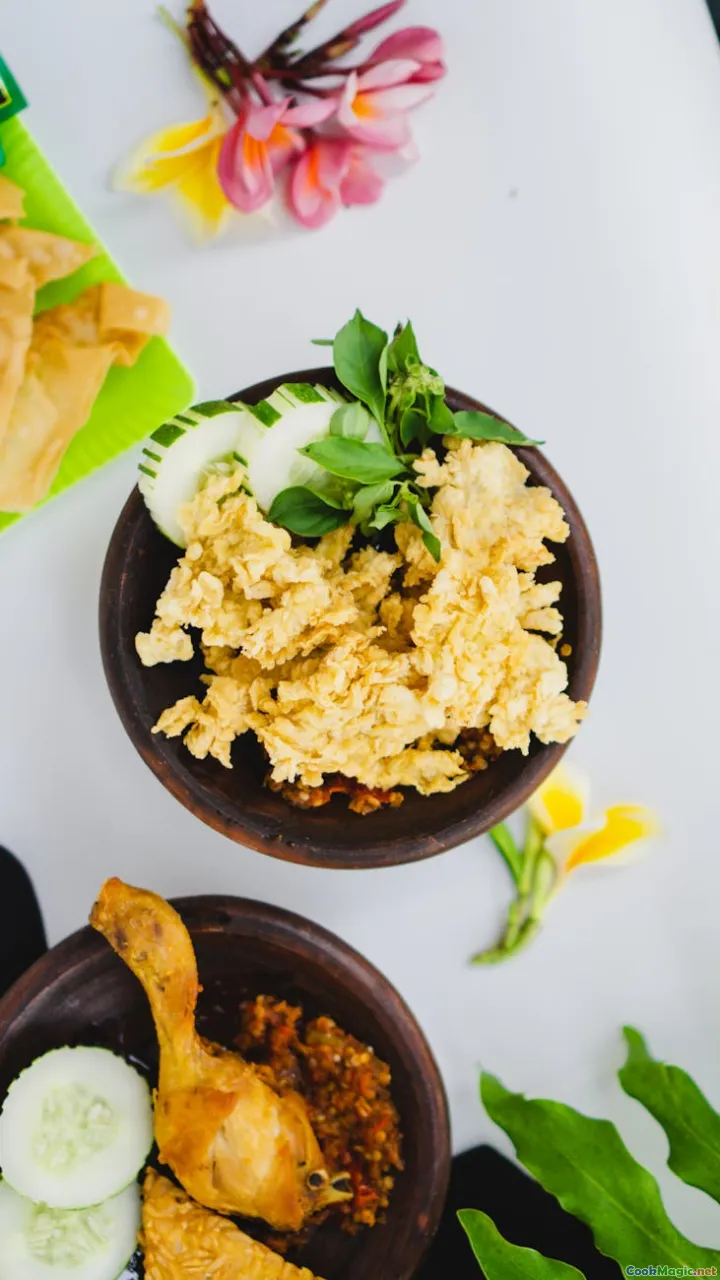How Arrowroot Shapes Vincentian Food Traditions
7 min read Discover how arrowroot has influenced Vincentian culinary traditions, blending history, culture, and flavor into the island's vibrant food scene. April 21, 2025 21:55
How Arrowroot Shapes Vincentian Food Traditions
Imagine a warm Caribbean breeze carrying the aroma of freshly cooked dishes, vibrant markets bustling with colorful produce, and the stories woven into every meal. In Saint Vincent and the Grenadines, one humble root—arrowroot—has long been a cornerstone of their culinary identity, shaping traditional dishes, social customs, and cultural pride.
The Roots of Arrowroot in Vincentian Culture
Arrowroot, scientifically known as Maranta arundinacea, is a starchy tuber that grows abundantly in the lush volcanic soils of Saint Vincent. Its history on the island dates back centuries, when indigenous peoples and later European settlers recognized its versatility and nutritional value. For generations, arrowroot has been more than just an ingredient; it embodies resilience, resourcefulness, and a deep connection to the land.
In Vincentian villages, the harvesting of arrowroot is a communal affair, often accompanied by stories of ancestors and traditional practices passed down through generations. The roots are carefully dug from the rich soil, cleaned, and processed into a fine, white powder that is both a staple and a symbol of local ingenuity.
The Culinary Significance of Arrowroot
A Natural Thickener and Texture Enhancer
One of the most prominent roles of arrowroot in Vincentian cuisine is as a natural thickening agent. Its neutral flavor and glossy appearance make it ideal for creating rich, smooth sauces, gravies, and puddings. When cooked, arrowroot forms a translucent, velvety consistency that enhances the mouthfeel of traditional dishes.
The Heart of Classic Dishes
**Pepperpot:**A hearty stew of salted meats and vegetables, often thickened with arrowroot to achieve a comforting, stew-like texture.**Tamarind-Arrowroot Pudding:**A beloved dessert where the subtle sweetness of tamarind combines with the silky smoothness of arrowroot, offering a tangy yet creamy treat.Cassava and Arrowroot Porridge: A nourishing breakfast option, blending the earthy flavors of cassava with the smooth, almost jelly-like consistency of arrowroot.
Celebratory and Ritual Foods
During festivals and communal gatherings, arrowroot-based dishes are central. For instance, during Emancipation Day celebrations, traditional foods like arrowroot pudding are prepared to honor ancestors and celebrate freedom.
The Process: From Root to Plate
Transforming arrowroot from the ground into a culinary ingredient is a labor of love. The process begins with the careful harvesting of mature roots, which are then washed thoroughly to remove dirt and impurities. The roots are grated or sliced, then soaked in water to extract the starch.
The mixture is strained through cloth or fine mesh, allowing the starch to settle at the bottom. After the water is drained, the starch is dried under the sun or in low-temperature ovens until it becomes a fine, white powder.
This powder is versatile—used immediately in cooking or stored for future use. Its natural gelling properties make it invaluable in traditional recipes, especially in a cuisine that relies on local ingredients and resourcefulness.
Personal Reflections and Cultural Insights
Having experienced Vincentian cuisine firsthand, I’ve been struck by how arrowroot connects the community—not just through the dishes it helps create, but through the stories and traditions it sustains. I recall visiting a family in Bequia, where an elderly woman explained how her grandmother used arrowroot to make a comforting pudding during times of hardship.
The aroma of freshly prepared arrowroot pudding, with hints of cinnamon and nutmeg, evokes a sense of nostalgia and belonging. It’s a reminder that food is more than sustenance; it’s a vessel of history, identity, and shared memories.
Modern-Day Relevance and Preservation
Today, while globalized supermarkets offer a plethora of processed foods, the traditional use of arrowroot remains a proud part of Vincentian identity. Local farmers continue to cultivate arrowroot, often selling it at markets like Kingstown Market, where vendors display bright bowls of freshly grated roots and powdered starch.
Efforts to preserve and promote traditional recipes incorporating arrowroot are vital. Culinary festivals, cooking classes, and cultural heritage projects showcase how this humble root continues to nourish both body and soul.
Conclusion: A Root of Resilience
Arrowroot’s journey from the lush fields of Saint Vincent to the vibrant plates of its people exemplifies resilience and cultural continuity. Its role in Vincentian food traditions underscores the island’s ability to adapt, cherish, and celebrate its natural resources.
Next time you savor a silky pudding or a hearty stew from Saint Vincent and the Grenadines, remember the humble arrowroot—an unassuming yet powerful symbol of the island’s rich culinary tapestry. It’s more than an ingredient; it’s a story of survival, community, and identity woven into every dish that graces Vincentian tables.









